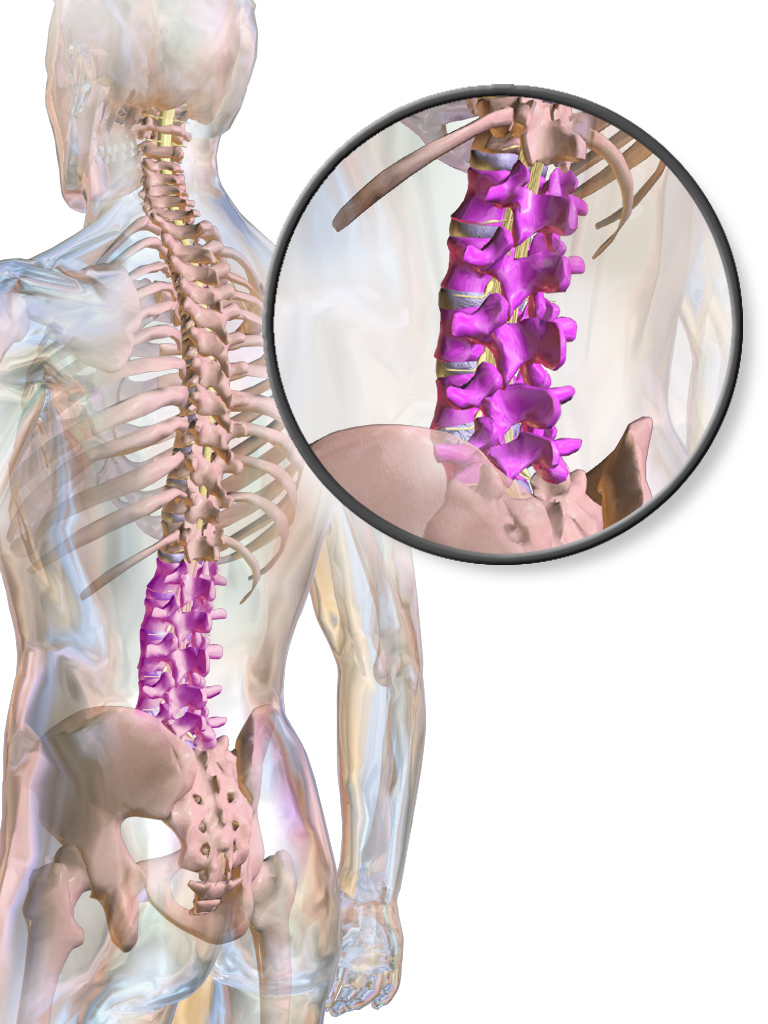 Approximately one decade ago, physical therapists put Clinical Prediction Rules (CPRs) into play for the diagnosis and treatment of the patients that they serviced. These rules laid the foundation for the evidence-based therapies utilized by physical therapists. The rules were, essentially, created to diagnose conditions that were considered to be exceptionally challenging, outline multiple treatments, and to pinpoint examinations deemed necessary by those in the field.
Approximately one decade ago, physical therapists put Clinical Prediction Rules (CPRs) into play for the diagnosis and treatment of the patients that they serviced. These rules laid the foundation for the evidence-based therapies utilized by physical therapists. The rules were, essentially, created to diagnose conditions that were considered to be exceptionally challenging, outline multiple treatments, and to pinpoint examinations deemed necessary by those in the field.
Ultimately, the Clinical Prediction Rules were actually prematurely adopted. Now, they have been officially incorporated into the guidelines that cover clinical practice. Today, though, these rules offer variable evidence for the lumbar spine. In this brief guide, we will expound on this further.
What are Clinical Prediction Rules?
Clinical Prediction Rules are special algorithmic-based tools that utilize clinical-based findings to help physical therapists in determining a patient’s diagnosis and how likely that patient is going to positively respond to an intervention.
Each of the CPRs that are currently in place combine findings from clinics into specially-outlined clusters. These are designed to improve the specific rule or to improve the sensitivity associated with the rule. The very first CPR to go into place was by the Wasson practitioners in the year of 1985. Since the induction of that particular rule, many others have come into place among a vast array of physical therapists.
Prescriptive Clinical Prediction Rules
The prescriptive-based CPRs are those that identify the characteristics that directly pertain to specific interventions by physical therapists. In other words, if a certain treatment is used correctly, it will result in a positive outcome for a patient.
If it is not used correctly, the patient will not experience a positive outcome. One of the earliest of the prescriptive CPRs was that of lumbar spine manipulation. Individuals that were part of the first study met the following criteria:
- All had symptoms greater than a total of 16 days
- The internal-based rotation of the hip was – at minimum – 35 degrees
- They had no knee-related symptoms
- The hypomobility of the lumbar region was tested using a spring test
- They received a score of greater than 19 of the Fear-Avoidance quiz
According to the original study four of the five findings were positive and leaned towards higher odds of a positive response. The participants of the study had better outcomes than those that simply engaged in exercises. Immediately thereafter, other studies were conducted.
These studies did not display the same outcomes as the original tests. This proved that there are often numerous variations when it comes to physical therapy studies.
While there are specific care sequences that practitioners should use when helping patients overcome challenges, careful consideration and common sense are required when using these sequences.


